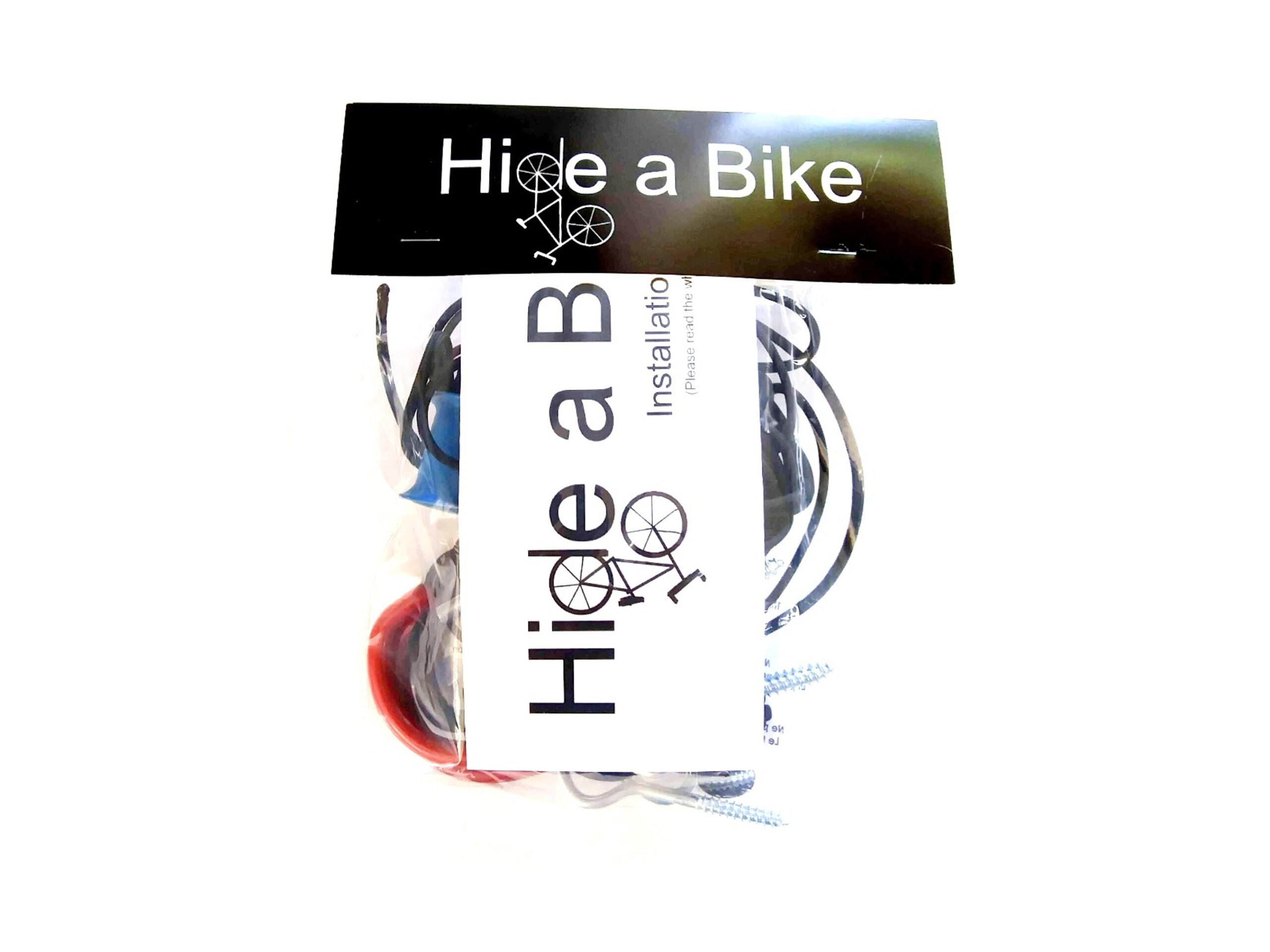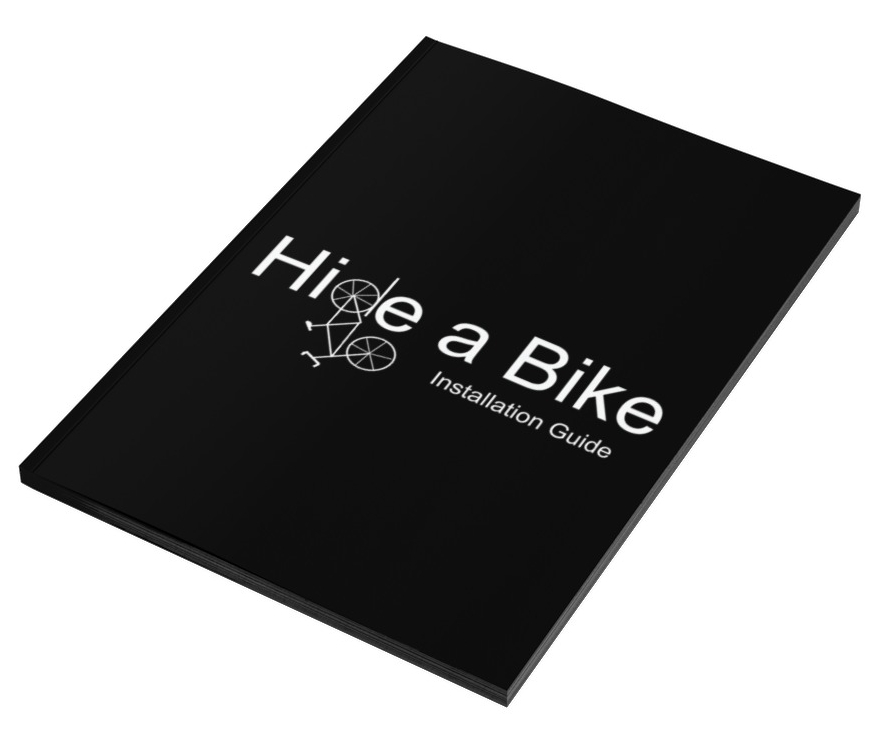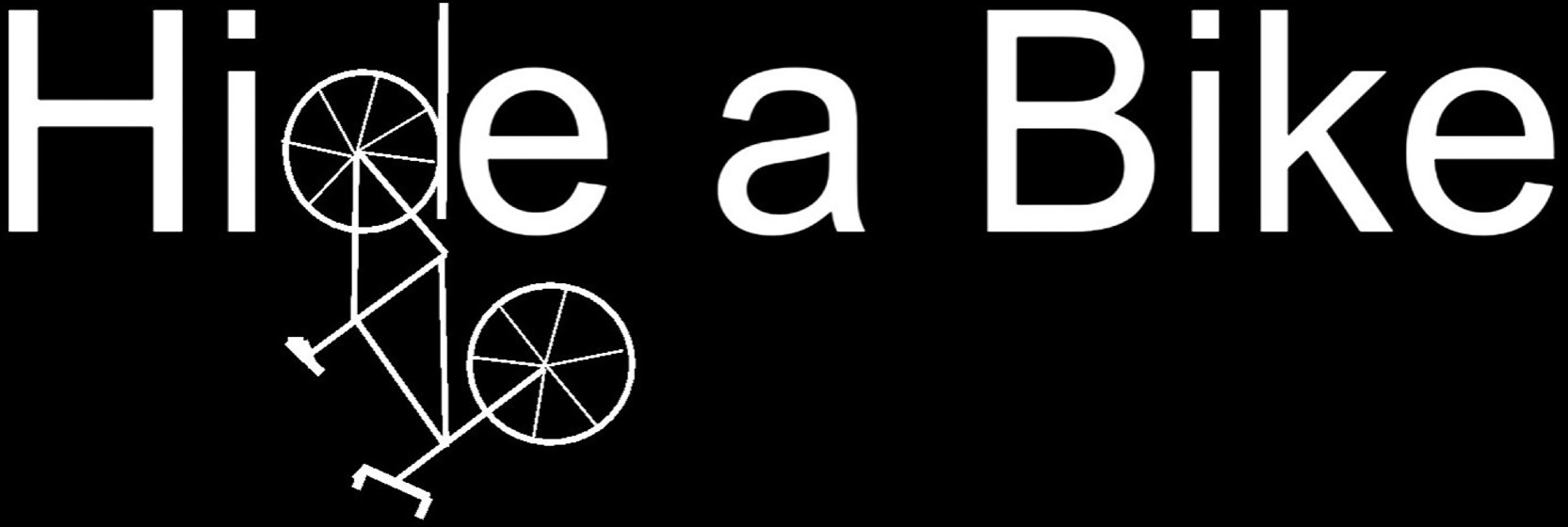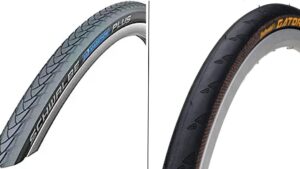How To Maintain Your Road Bike Wheels: The Ultimate Guide

Learn how to maintain your road bike wheels for peak performance and safety. Explore maintenance tips, from cleaning to troubleshooting.
*This article may contain affiliate ads that help to support this site*
The world of cycling is a thrilling blend of endurance, speed, and precision. Whether you’re a professional racer or a casual rider, one thing remains constant: the wheels beneath you are the unsung heroes of your journey. Road bike wheels are more than just round discs with tires. They are the silent companions that carry you across vast distances, absorb shocks, and ensure your safety and speed. In this comprehensive guide, we’ll delve into the art of “Maintaining Road Bike Wheels,” revealing the secrets to enhancing your performance, prolonging your wheels’ lifespan, and enjoying the thrill of every ride.
Understanding Road Bike Wheels
Road bike wheels are the unsung heroes of cycling, responsible for translating your pedal power into forward motion. A deeper understanding of their components can help you make informed decisions about selecting and maintaining them.
These wheels consist of four critical components: rims, spokes, hubs, and tires. The rims are the outermost part, providing structure and support for the tire. Spokes connect the rim to the hub, distributing the load evenly and maintaining the wheel’s structural integrity. Hubs, positioned at the wheel’s center, house the bearings that allow it to spin freely. Tires are the interface between your bike and the road, impacting your grip, comfort, and overall performance.
When it comes to selecting the right road bike wheels, you have various options, each designed for specific purposes. For instance, lightweight wheels are ideal for climbing, while aerodynamic wheels reduce air resistance, making them great for flat terrains and time trials. Durable wheels are suitable for rough roads and long-lasting performance.
Understanding these components empowers you to choose the right wheels based on your riding style and objectives. Whether you seek speed, comfort, or endurance, your wheel selection plays a vital role in achieving your goals. In the sections that follow, we’ll explore how to maintain these essential components to ensure your road bike wheels remain in optimal condition.
Routine Maintenance
Regular maintenance of your road bike wheels is crucial to ensure their longevity and performance. By following a routine maintenance schedule, you can prevent issues from developing and address minor problems before they become major. Here’s a comprehensive guide to help you keep your wheels in top shape:
1) Cleaning: Start by thoroughly cleaning your wheels. Use a mild soapy solution and a soft brush to remove dirt, grime, and road debris from the rims, spokes, and hubs. Pay special attention to the braking surface to ensure optimal stopping power.
2) Lubrication: After cleaning, apply a quality lubricant to the hub’s bearings. This reduces friction and helps your wheels roll smoothly. Be sure to use a lubricant suitable for your wheel’s type and conditions.
3) Inspection: Regularly inspect your wheels for any visible issues. Check for loose or damaged spokes, dents, or cracks in the rims, and ensure the hubs are free from play. A quick visual inspection can catch potential problems early.
4) Tire Maintenance: Maintain proper tire pressure according to the manufacturer’s recommendations, as this significantly affects your bike’s handling and comfort. Inspect your tires for wear, cuts, or punctures, and replace them as needed to prevent flats.
By incorporating these routine maintenance tasks into your cycling schedule, you’ll not only enhance the performance of your road bike wheels but also prolong their lifespan. Taking a proactive approach to wheel maintenance can save you from costly repairs and ensure your bike is always ready to hit the road. In the next section, we’ll explore tire maintenance in more detail, as it’s a critical component of your wheels’ overall health.
Tire Maintenance
Your road bike’s tires are the point of contact between you and the road, making their maintenance crucial for performance, safety, and comfort. Proper tire maintenance involves regular inspection and care to ensure a smooth and efficient ride.
1) Tire Pressure: Maintaining the correct tire pressure is one of the most critical aspects of tire maintenance. Inadequate pressure can result in increased rolling resistance, reduced grip, and an uncomfortable ride. Overinflation can lead to a harsh and jarring ride. Refer to your tire’s recommended pressure range, usually imprinted on the sidewall, and use a quality pressure gauge to check and adjust the pressure accordingly. Check your tire pressure before every ride, especially if your bike has been sitting idle for an extended period.
2) Visual Inspection: Regularly inspect your tires for signs of wear, cuts, and punctures. Check the tire’s tread for wear indicators. If the tread is worn down, it’s time to replace the tire. Look for cuts or punctures in the tire’s surface and remove any foreign objects embedded in the tire that could lead to flats.
3) Tube and Valve Maintenance: If your bike has inner tubes, inspect them for damage and replace them as needed. Ensure the valve stems are straight and not damaged. Properly installed and maintained tubes are essential for preventing flats.
4) Tire Rotation: To ensure even wear and extend the lifespan of your tires, consider rotating them from front to back. This helps distribute the load more evenly, especially if you notice one tire wearing faster than the other.
5) Tire Choice: Choose the right tires for your riding style and conditions. Different tires offer various levels of grip, puncture protection, and rolling resistance. Select tires that match your riding preferences, whether you’re focused on speed, comfort, or durability.
6) Tire Sealant: For added puncture protection, you can consider using tire sealant, which can automatically seal small punctures as they occur, preventing flats on the road.
Proper tire maintenance ensures that your road bike performs optimally and reduces the risk of sudden tire-related issues while riding.

Hide A Bike Kit
Is your garage starting to become a mess? Save space by storing your bikes flat against the ceiling.
Spoke Tension And Truing
The spoke tension and truing of your road bike wheels are critical aspects of maintenance that can significantly impact the overall performance, stability, and safety of your ride. Spokes play a key role in distributing the load evenly across the wheel and ensuring it remains true and balanced. Here’s how you can maintain your spokes and truing effectively:
1) Spoke Tension: Spokes should have consistent tension to keep the wheel in shape. Irregular spoke tension can result in an out-of-true (wobbly) wheel, compromising ride quality and handling. Use a spoke tension meter to check and adjust the tension of each spoke. Most importantly, make sure they are not too loose or too tight.
2) Truing the Wheel: Truing is the process of adjusting the spokes to correct any lateral or radial imperfections in the wheel, ensuring it remains perfectly round and straight. Truing can eliminate wobbles and improve the overall stability of your ride.
3) How to True a Wheel: You’ll need a truing stand, a spoke wrench, and patience. Place your wheel in the truing stand and spin it slowly, observing any lateral or radial deviations. To correct lateral deviations, adjust the spoke tension on the side opposite to the deviation. For radial deviations, adjust the tension of the specific spokes causing the issue. Make incremental adjustments and regularly recheck the trueness.
4) Loosening Spokes: To correct lateral deviations, loosen the spokes on the side towards the deviation slightly. This allows the rim to move in the direction of the deviation.
5) Tightening Spokes: To correct radial deviations, tighten the spokes on the side of the deviation slightly. This brings the rim back into alignment.
Proper spoke tension and wheel truing are essential for a balanced and stable ride. Regularly check your wheel’s trueness, and if you’re not comfortable truing the wheel yourself, consider seeking the assistance of a professional wheel builder or bike mechanic.
Rim Maintenance And Braking Surface
The rims of your road bike wheels play a crucial role in supporting the tires, providing structural integrity, and housing the braking surface. Proper maintenance of the rims, particularly the braking surface, is essential for safe and efficient stopping power and overall wheel longevity. Here’s how to maintain and care for your road bike rims:
1) Braking Surface Inspection: Regularly inspect the braking surface of your rims. Look for signs of wear, grooves, or uneven surfaces. A worn braking surface can compromise braking efficiency and safety. If you notice significant wear or damage, it may be time to replace the rim.
2) Cleaning the Braking Surface: Keep the braking surface clean by wiping it down with a cloth dampened with isopropyl alcohol. This will remove any residue from brake pads and maintain optimal braking performance. Do not use abrasive materials that could damage the rim.
3) Brake Pad Maintenance: Inspect and maintain your brake pads. Make sure they are properly aligned with the braking surface and are in good condition. Worn or contaminated brake pads can lead to poor braking performance and potential damage to the rim.
4) Rim Material Care: The material of your rims (e.g., aluminum, carbon) may require different care. Carbon rims, for instance, may need specific brake pads to prevent excessive heat buildup. Follow manufacturer recommendations for your specific rim material.
5) Tire Installation: When installing or removing tires, use care not to damage the rim’s sidewalls. Be cautious with tire levers to avoid scratching or denting the rim.
6) Protecting Against Corrosion: For aluminum rims, periodically inspect for signs of corrosion, especially if you ride in wet or salt-laden conditions. Apply a protective wax or a thin layer of oil to the rim’s sidewalls to inhibit corrosion.
7) Wheel Alignment: Ensure that your wheel is properly aligned in the frame, and the brake calipers are centered on the braking surface. Misaligned wheels can lead to uneven wear and braking issues.
Taking these steps to maintain your rim and its braking surface ensures optimal braking performance, which is crucial for your safety on the road. It also extends the lifespan of your rims, saving you money in the long run.
Advanced Maintenance And Troubleshooting
In addition to routine maintenance, there are more advanced tasks and troubleshooting techniques that can help you keep your road bike wheels in peak condition. Here, we’ll explore some of these advanced maintenance steps and how to address common issues that may arise.
1) Bearing Replacement: Over time, the bearings in your wheel hubs can wear out or develop play, leading to a less efficient ride. To replace worn-out bearings, you’ll need to disassemble the wheel, remove the old bearings, and install new ones. Make sure to use the right tools and follow your wheel manufacturer’s guidelines. Properly serviced bearings will improve the smoothness and longevity of your wheels.
2) Wheel Building: Wheel building is a complex skill that involves lacing spokes into a hub and rim to create a custom wheel. If you have the expertise and the right tools, you can build wheels tailored to your specific needs, optimizing factors like spoke tension, weight, and aerodynamics. However, this is a task for experienced individuals, and it’s often best left to professional wheel builders.
3) Wobbling and Out-of-True Wheels: If you experience wobbling or an out-of-true wheel, you can attempt to true the wheel yourself using a truing stand and spoke wrench, as discussed in section 4. However, if you’re unsure or unable to correct the issue, it’s advisable to seek the help of a professional wheel builder or bike mechanic. Riding on a severely wobbling wheel can be unsafe.
4) Loose Spokes: Loose spokes can lead to an unstable and wobbly wheel. To address this issue, use a spoke wrench to tighten the loose spokes evenly. Ensure that you follow a pattern and avoid overtightening, which can cause other problems.
5) Professional Assistance: If you encounter complex issues with your road bike wheels, such as persistent wobbling, severe damage, or bearing problems you can’t resolve, it’s best to consult a professional bike mechanic or wheel builder. They have the expertise and tools to tackle more challenging maintenance tasks.
By having a basic understanding of these advanced maintenance and troubleshooting techniques, you’ll be better equipped to address wheel-related issues beyond routine care. However, remember that safety should always be your top priority. If you’re uncertain about performing any advanced maintenance, it’s safer to seek professional assistance to avoid potential damage or injury.

Hide-A-Bike Installation Guide
If you want to put together a Hide-A-Bike kit for yourself, just download these easy to follow, step-by-step directions, complete with a full hardware and parts list.
Conclusion
Maintaining your road bike wheels is not just about enhancing performance; it’s a fundamental aspect of safety and longevity. As avid cyclists, we know that a well-maintained set of wheels can mean the difference between a smooth, enjoyable ride and a frustrating experience filled with unexpected issues.
By understanding the components of your road bike wheels and following a regular maintenance routine, you can ensure they roll true, provide reliable braking, and last for many miles to come. Whether you’re a seasoned cyclist or a beginner, taking care of your wheels is an investment in your cycling journey. So, stay vigilant, inspect, clean, and adjust as needed to enjoy the full potential of your road bike and keep the wheels turning smoothly. Happy riding!
Share This Article With A Friend
Did You Read This Whole Article?

You deserve a gift! Enter your email to receive a FREE copy of the Hide-A-Bike Installation Guide! And once a month we will send you a newsletter with the best deals on the internet for bicycle gear and accessories.
About Hide A Bike

Save space by keeping your bike flat against the ceiling with the original easy and convenient bicycle storage solution.
Thank You For Visiting!

You deserve a gift! Enter your email to receive a FREE copy of the Hide-A-Bike Installation guide. And once a month we will send you a newsletter with links to our best finds on bicycle gear and accessories.
Share This Article:
Most Popular Articles:
Article Categories:
Related Articles:


How To Clean Your Bicycle Properly






